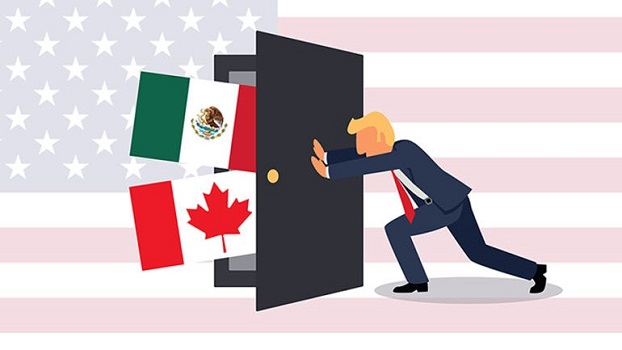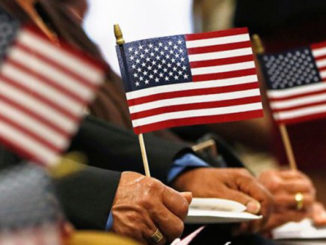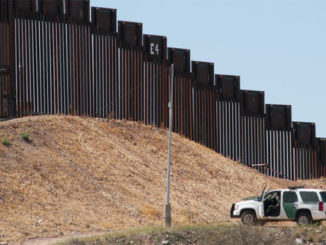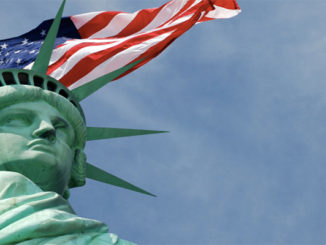
by William Reinsch
An ongoing discussion among trade wonks is the evolving partisan divide in how people think about trade. But before we get to the present, we need a little history first. For most of their existence, the Republicans were the party of protection. From Lincoln right through Hoover, Republicans favored high tariffs (the most common method of protection at the time), which made political sense since they were heavily represented in northern manufacturing states that wanted to keep their competitors out. Democrats, with stronger support in the agricultural south, were more free trade oriented.
Since Republicans controlled the government most of the time between 1861 and 1933, high tariffs were the order of the day. This changed with the election of Franklin Roosevelt in 1932. The Depression and the Smoot-Hawley tariffs had given protectionism a bad name, and the new Democratic Congress passed the Reciprocal Trade Agreements Act of 1934, setting the United States on a course of trade liberalization and at the same time transferring leadership in trade negotiations from the Congress to the president.
After World War II, in the post–Bretton Woods era as the United States assumed a much larger role on the global stage, Republicans began to move in the direction of open trade, both as an instrument of U.S. foreign policy and to help manufacturers who were becoming more interested in exporting. At the same time, Democrats slowly began to move in the opposite direction, as the impact of imports on workers—initially in the textile and apparel sectors but then spreading—grew and as organized labor shifted its position in an anti-trade direction. That trend continued until recently, particularly in Congress, as increasing party polarization tended to lock members of Congress into fixed positions on trade.
In the past few years, however, there have been signs of another historic reversal of direction. The Pew Research Center has recorded this evolution in several handy charts:




The result is that the disconnect between voters and politicians is likely to continue for a while, but I don’t think it will be forever. As global integration grows—and it will regardless of the current administration’s preferences—trade will become more important and move up the priority ladder, with the result that we will see more and more politicians scrambling to get out in front of their people so they can lead them. We will not likely see this in the 2018 or 2020 elections, but 10 years from now it will be old news. At that point today’s millennials will be heading into their 40s, and the Gen Xers will be well established in positions of importance, while we baby boomers will be in our dotage. Those younger generations are comfortable with trade and globalization because they grew up with it—that’s their world—and they will be electing leaders who will reinforce that rather than try to take us back to the 1950s. (I lived through the ‘50s; they weren’t all that great.) So what is today’s politician supposed to do? The smart ones who want long careers will anticipate change and jump out in front of their people and actually lead. The others will fight for the status quo, become its victim, and eventually be forgotten. If you stand in the way of the train coming right at you, don’t be surprised when you get run over.
William Reinsch holds the Scholl Chair in International Business at the Center for Strategic and International Studies in Washington, D.C.



